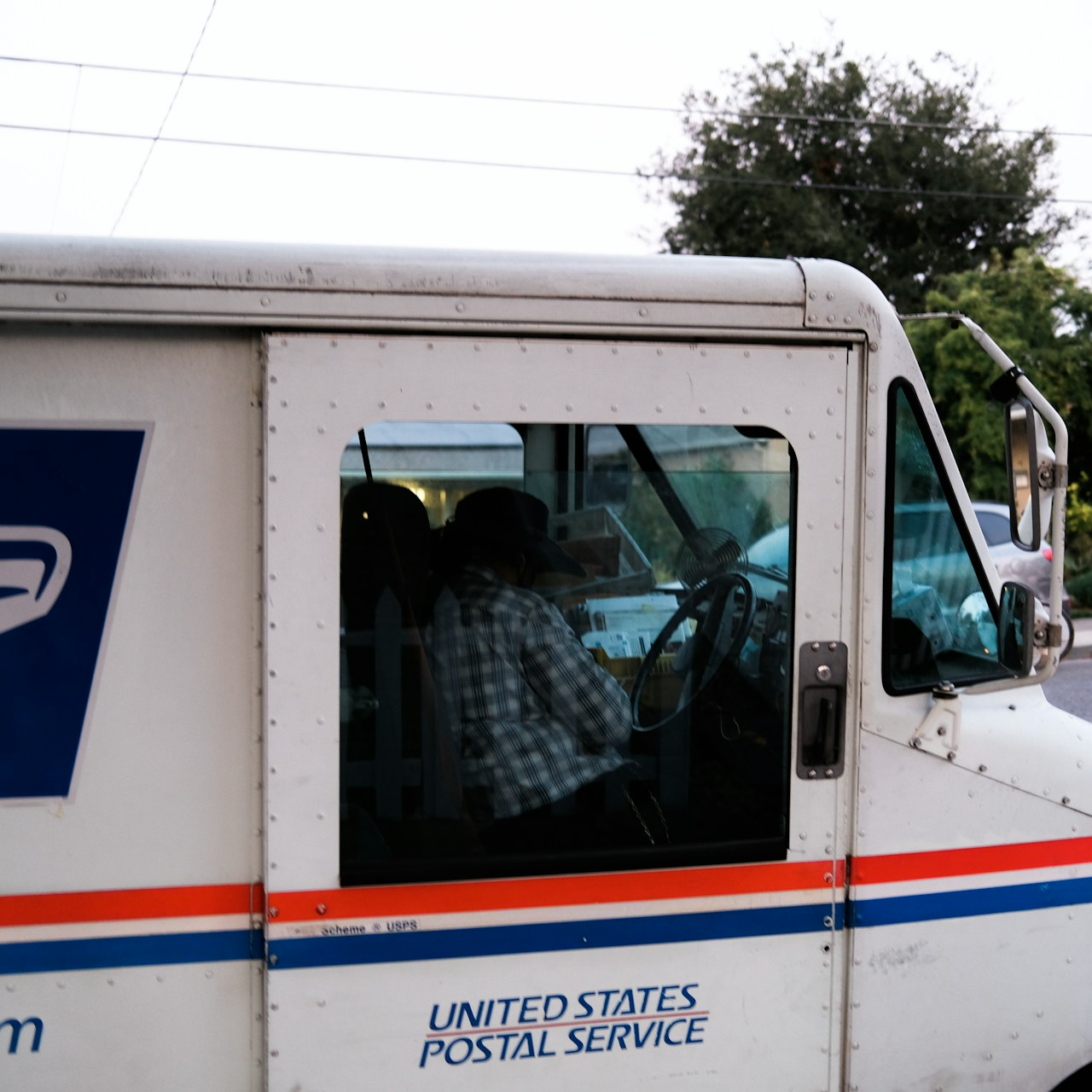Key Takeaways
- Postal employees must transition from the Federal Employees Health Benefits (FEHB) program to Postal Service Health Benefits (PSHB) by January 1, 2025.
- The PSHB Open Season runs from November 11, 2024, through December 9, 2024—your only window to select or modify your health plan before the change happens.
Understanding the Shift: What Is PSHB?
The upcoming change from the Federal Employees Health Benefits (FEHB) to the Postal Service Health Benefits (PSHB) program marks a significant transition for postal employees. You may already know that the PSHB will fully replace FEHB for Postal Service workers and retirees on January 1, 2025. But understanding exactly what that means for you is critical, especially as we approach the open enrollment period.
The PSHB was created to specifically address the unique needs of the Postal Service workforce. As of now, the FEHB covers all federal employees, including those from various departments, but PSHB will focus solely on postal employees and retirees. This change is intended to streamline coverage, making it more tailored to the needs of the postal workforce. But what does that mean for you personally, and how can you prepare for the upcoming switch?
What Happens During the PSHB Open Season?
If you’re a current postal employee or retiree, you need to pay close attention to the PSHB Open Season, scheduled from November 11, 2024, to December 9, 2024. This limited window is your only opportunity to make changes to your health plan or enroll in a new one before the program takes effect. During this period, you’ll have the option to:
- Review available PSHB plans.
- Compare costs, coverage, and network options.
- Modify your existing health plan or select a new one that aligns with your needs.
It’s crucial to start reviewing your options early, as waiting until the last minute could lead to rushed decisions. PSHB plans will replace the FEHB coverage starting January 1, 2025, so any modifications you want to make must be finalized by the end of the Open Season. Missing this window could mean you’re automatically enrolled in a plan that may not suit your current or future healthcare needs.
What’s the Difference Between PSHB and FEHB?
One key difference between the PSHB and FEHB programs is that the PSHB is designed specifically for postal employees and retirees. Unlike the broader FEHB program, which covers various federal employees, PSHB aims to cater to the particular needs of the Postal Service workforce. This focus could mean better coverage options or cost structures tailored to postal workers.
Another important distinction is the cost-sharing arrangements. While FEHB has a standard model for premiums, copayments, and deductibles across all federal employees, the PSHB program may have a different structure. These details will be critical for you to evaluate during the Open Season, especially if you’re balancing budget constraints with healthcare needs.
Lastly, eligibility under PSHB may differ from FEHB. Postal employees and retirees will need to confirm that their dependents, such as spouses or children, will continue to receive the same level of coverage under PSHB as they did with FEHB.
Why Is This Transition Necessary?
The transition to PSHB is part of a broader strategy to streamline healthcare coverage for postal workers while managing costs for the Postal Service itself. The Postal Service Reform Act of 2022 paved the way for this change, aiming to improve financial sustainability. By shifting postal employees and retirees into their own health benefits program, PSHB, the Postal Service seeks to manage healthcare costs more effectively while offering coverage plans more suited to the unique demands of its workforce.
What Should Postal Employees Expect?
As you prepare for the transition, there are several key factors to keep in mind:
-
Plan Options: The PSHB will offer a range of health plans, much like the FEHB. These will include different types of coverage, networks, and cost-sharing options. However, these plans will be exclusive to postal workers, which may allow for more tailored benefits.
-
Premiums and Costs: While exact premiums and out-of-pocket costs for PSHB plans won’t be known until closer to the Open Season, it’s crucial to plan ahead. Review your current health plan and budget to ensure you’re prepared for any changes.
-
Medicare Integration: If you’re a postal retiree, Medicare integration will likely play a significant role in your coverage. For retirees over 65, the transition to PSHB will mean coordination between your PSHB plan and Medicare, similar to how FEHB works today. But, the details of this coordination are worth exploring during the Open Season.
-
Dependent Coverage: Make sure your family members, including spouses and children, will be properly covered under your new PSHB plan. Be sure to review eligibility requirements during the Open Season.
How to Prepare for the PSHB Transition?
Start Early: The best way to ensure a smooth transition is to prepare early. Start gathering information now so that you’re ready when Open Season begins in November 2024.
Evaluate Your Current Needs: Consider your current healthcare needs and how they might evolve over the next year. Are you managing a chronic condition? Are you anticipating any major health events, like surgery or pregnancy? These factors should guide your decision on which PSHB plan will work best for you.
Compare Plans Thoroughly: During the PSHB Open Season, take time to compare the available plans. Look closely at the provider networks, prescription drug coverage, and any out-of-pocket costs like copays or deductibles. The more you know, the better your decision-making process will be.
Talk to a Licensed Insurance Agent: If you’re unsure about the best plan for your needs, you may want to speak with a licensed insurance agent. They can provide guidance based on your personal circumstances and help clarify any uncertainties about the new PSHB options.
What Happens If I Do Nothing?
It’s important to note that if you take no action during the PSHB Open Season, you may be automatically enrolled in a plan. However, this plan may not be the best fit for your healthcare needs or financial situation. To avoid this, make sure you actively participate in the enrollment process. Review the options and select a plan that aligns with your needs and budget.
Preparing for January 1, 2025: What to Expect After the Switch
Once the PSHB plans take effect on January 1, 2025, you can expect your new plan to replace your previous FEHB coverage. Make sure you have your new insurance card ready and familiarize yourself with your plan’s benefits and network. If you’re retired, pay close attention to how your PSHB plan integrates with Medicare, as it can impact the amount you pay out-of-pocket for services and prescriptions.
Getting Ready for the Change: Don’t Wait
The switch from FEHB to PSHB is a significant shift for postal employees, and the upcoming Open Season is the best opportunity to make sure your health coverage aligns with your needs. By taking proactive steps now, you’ll ensure a smooth transition come January 1, 2025. Don’t wait until the last minute to prepare—review your options, consider your healthcare needs, and be ready to make the best choice for you and your family during Open Season.









